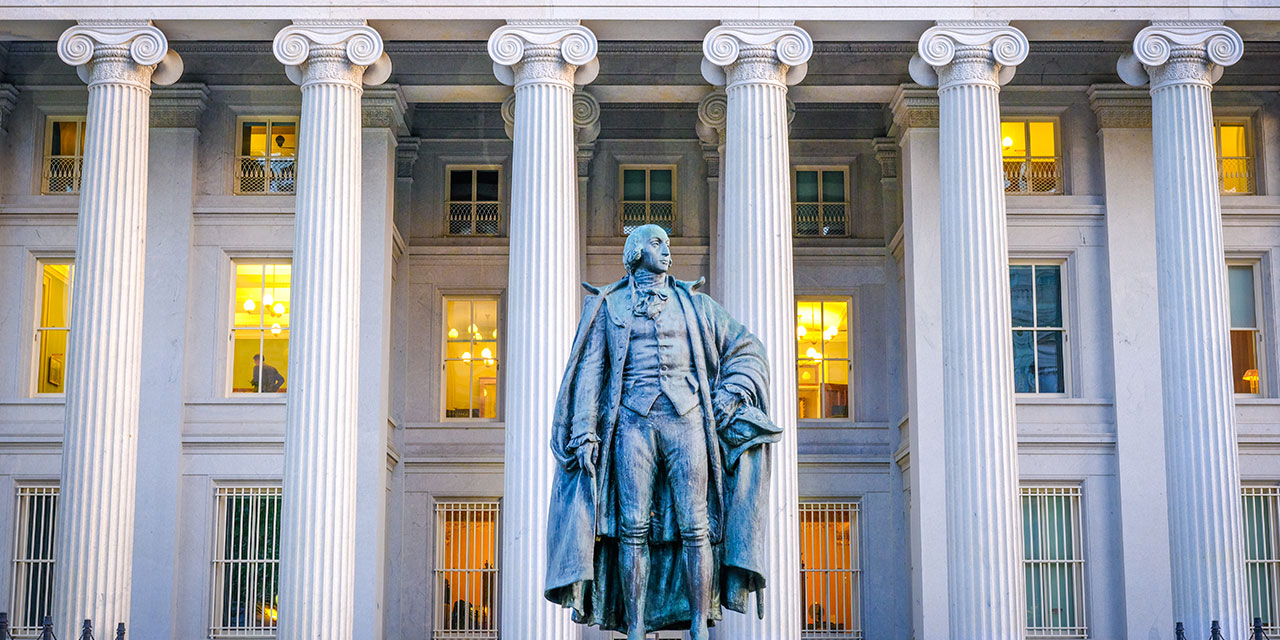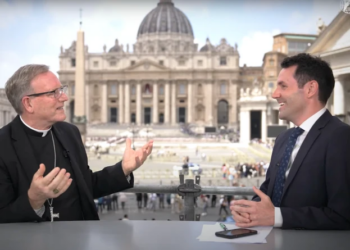
Moody’s recent downgrade of U.S. Treasury debt makes it unanimous. Earlier this month, it joined Standard & Poor’s, which issued its downgrade way back in 2011, and Fitch, which followed in 2023. All three major credit-rating agencies now agree: the U.S. Treasury no longer deserves their top rating. While the language accompanying each downgrade varies, the message is consistent: America’s ballooning debt is a serious problem, and Washington has no credible plan to address it.
The concern is well-founded. For years, federal budget policy has been profligate, posing real risks to the nation’s long-term prosperity and stability. Every American has a stake in demanding bold, corrective action from Congress and the White House. Nonetheless, the downgrades themselves are financially meaningless.
Finally, a reason to check your email.
Sign up for our free newsletter today.
Bond ratings are meant to inform investors about the likelihood that an issuer—typically a corporation or a state or local government—will fail to pay interest or principal on its bonds. For the federal government, however, such a failure is highly unlikely, if not impossible, even amid runaway deficits.
The key advantage: all U.S. debt is denominated in dollars. Since the Federal Reserve—effectively an arm of the federal government—controls the supply of dollars, the authorities could, in a pinch, print money to meet debt obligations. This would, of course, trigger inflation, eroding the real value of repayments, but the government would still fulfill its contractual terms. In that sense, the downgrades are flagging the growing risk of something that can’t happen. That’s not a serious warning.
Even under Washington’s self-imposed debt ceilings, there is no real risk of default—nor even of interrupted interest payments. As debt matures, the total outstanding amount falls, bringing the debt load below the ceiling and allowing the Treasury to issue new bonds to cover the maturing obligations.
Moreover, the federal government’s many spending streams give the Treasury flexibility to prioritize interest payments on existing debt, which it almost certainly would. In fact, Section 4 of the Fourteenth Amendment, which states that the “validity of the public debt of the United States . . . shall not be questioned,” would seem to demand such prioritization.
Washington could also tap the Federal Reserve in ways other than by running the printing presses. The Fed currently holds some $4.6 trillion of Treasury debt. Simply foregoing the interest due on those holdings would free up more funds than the Treasury presently budgets for annual interest payments. If the Fed were to forgive all the debt, it would free up enough to cover some two-thirds of Washington’s budgeted spending for 2025. Such actions wouldn’t be taken lightly, of course—but past Fed chairs have offered similar support in times of crisis and would likely do so again to prevent a default.
The downgrades, then, have nothing to do with any real risk of default—which means the credit-rating agencies have wandered well beyond their mandate. Their job isn’t to issue warnings about inflation or fiscal policy. It’s to assess whether the debt issuer will make good on its obligations. And in the case of U.S. Treasury bonds, that answer hasn’t changed.
A charitable view is that Moody’s et al. see the downgrades as an act of civic responsibility. But even if well-intentioned, their warnings are misleading and unnecessarily disruptive. The rating agencies are confusing fiscal mismanagement with credit risk and straying from the core function they’re meant to serve.
Photo by J. David Ake/Getty Images
City Journal is a publication of the Manhattan Institute for Policy Research (MI), a leading free-market think tank. Are you interested in supporting the magazine? As a 501(c)(3) nonprofit, donations in support of MI and City Journal are fully tax-deductible as provided by law (EIN #13-2912529).
Source link

















